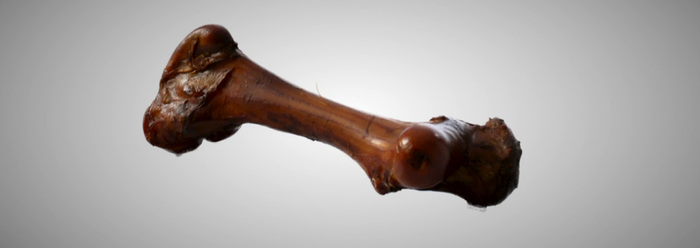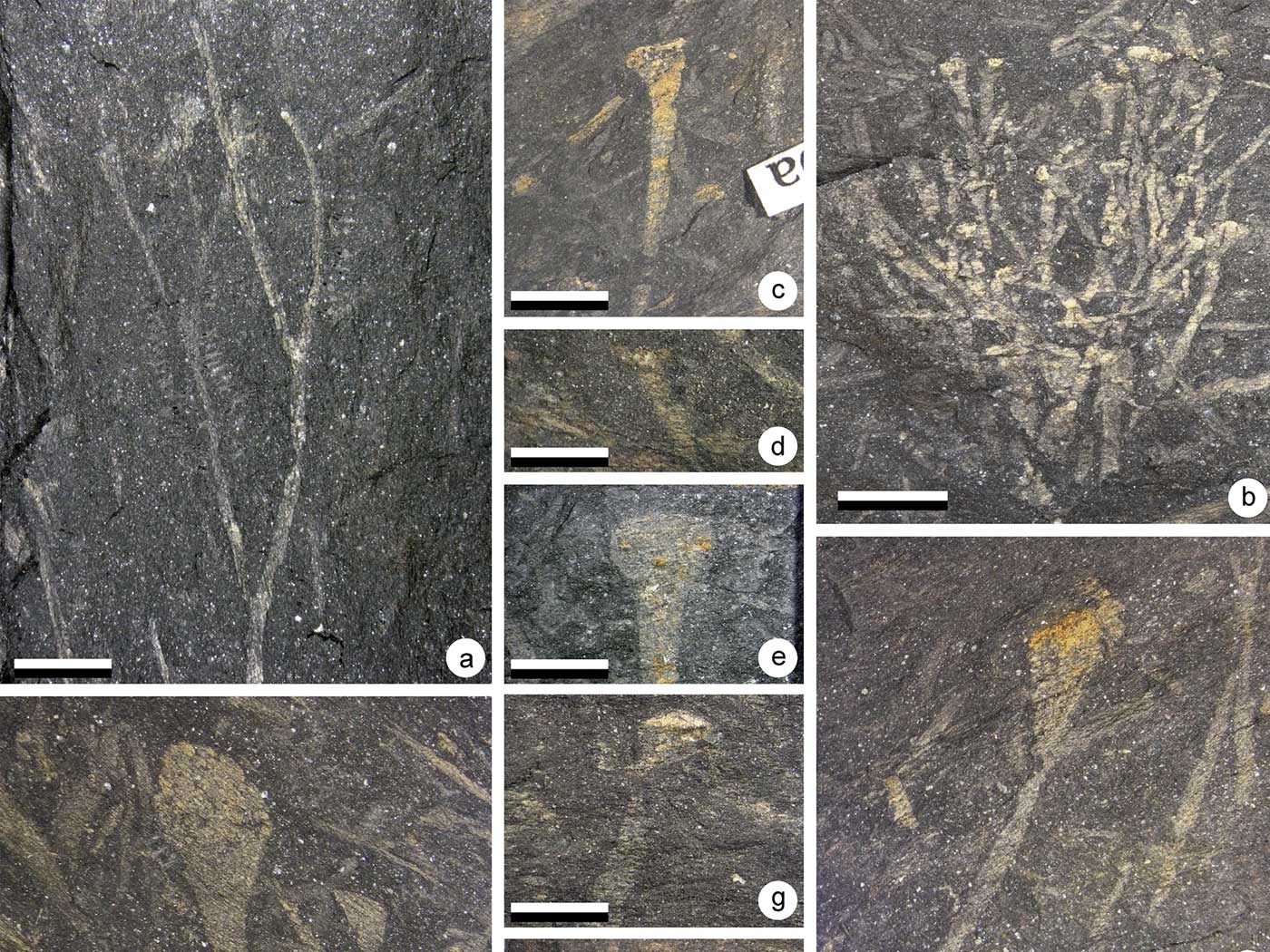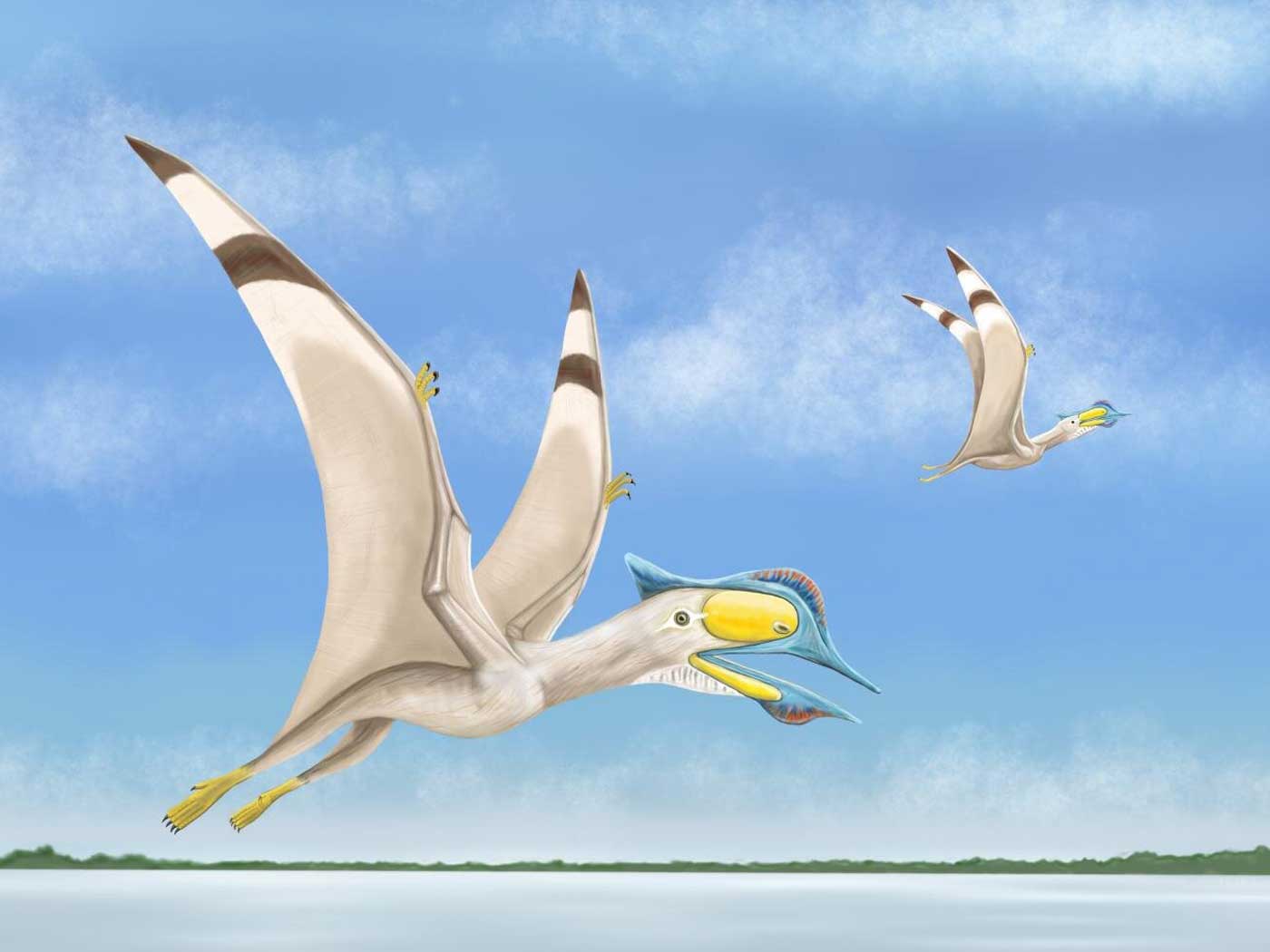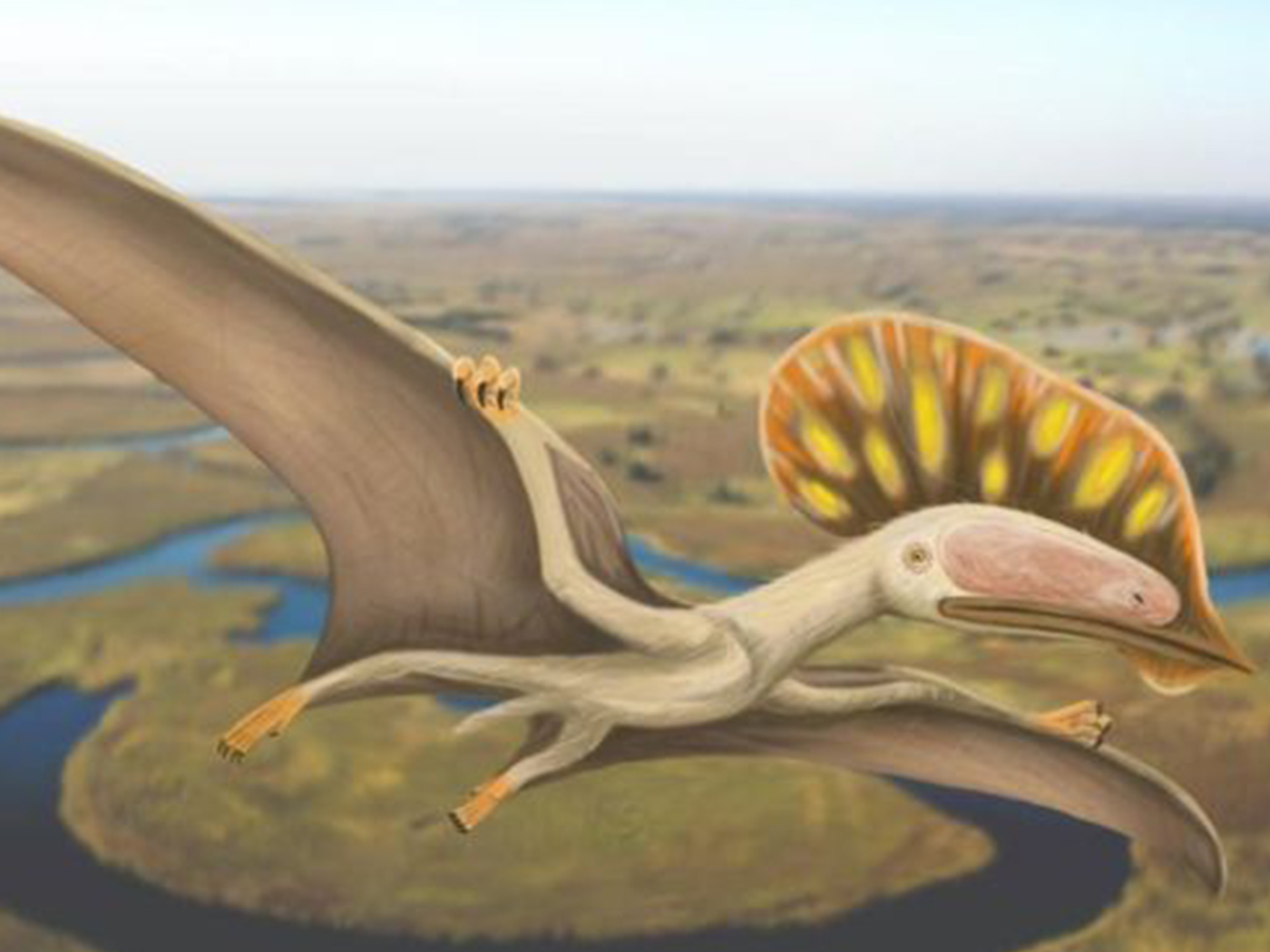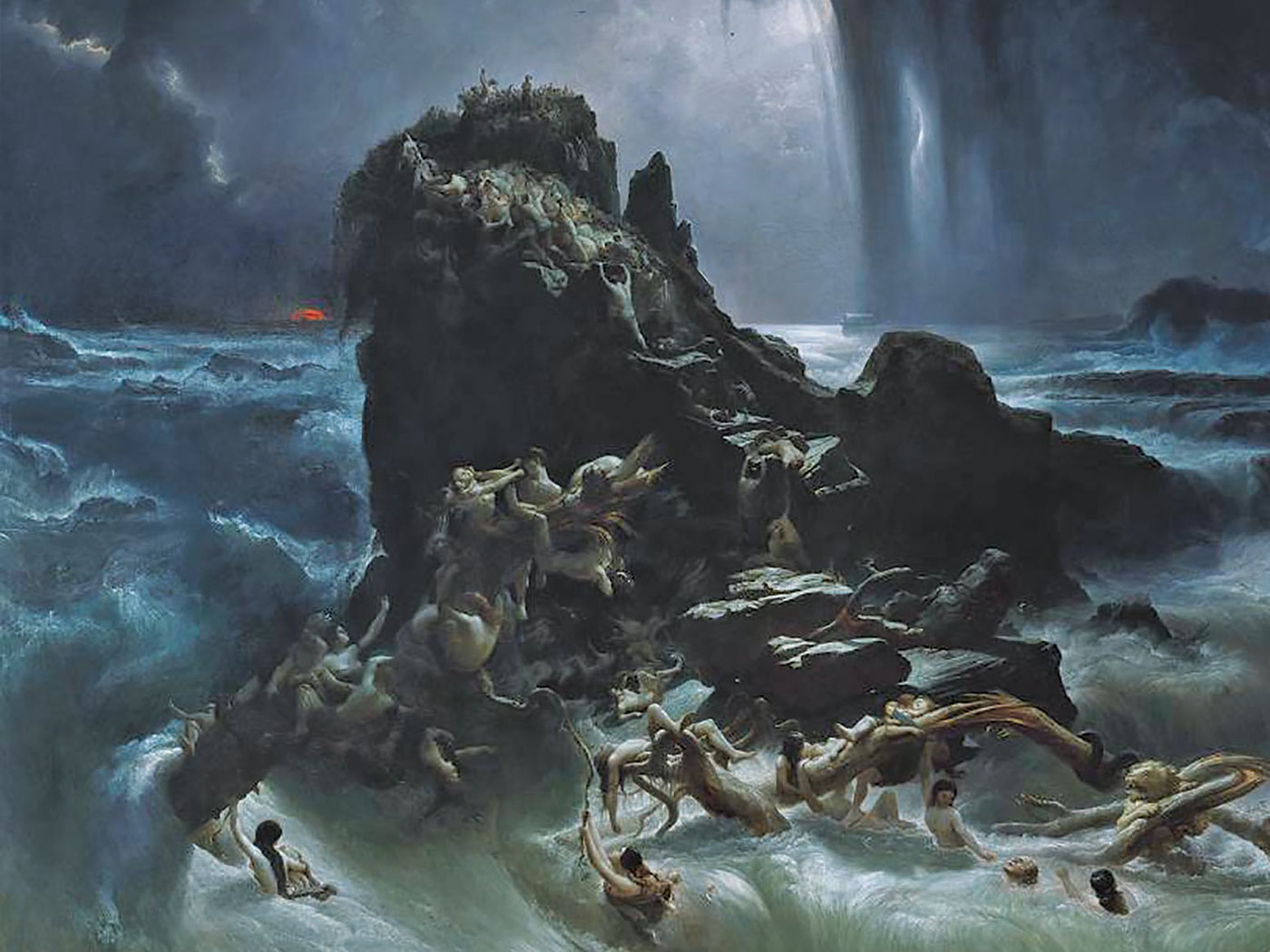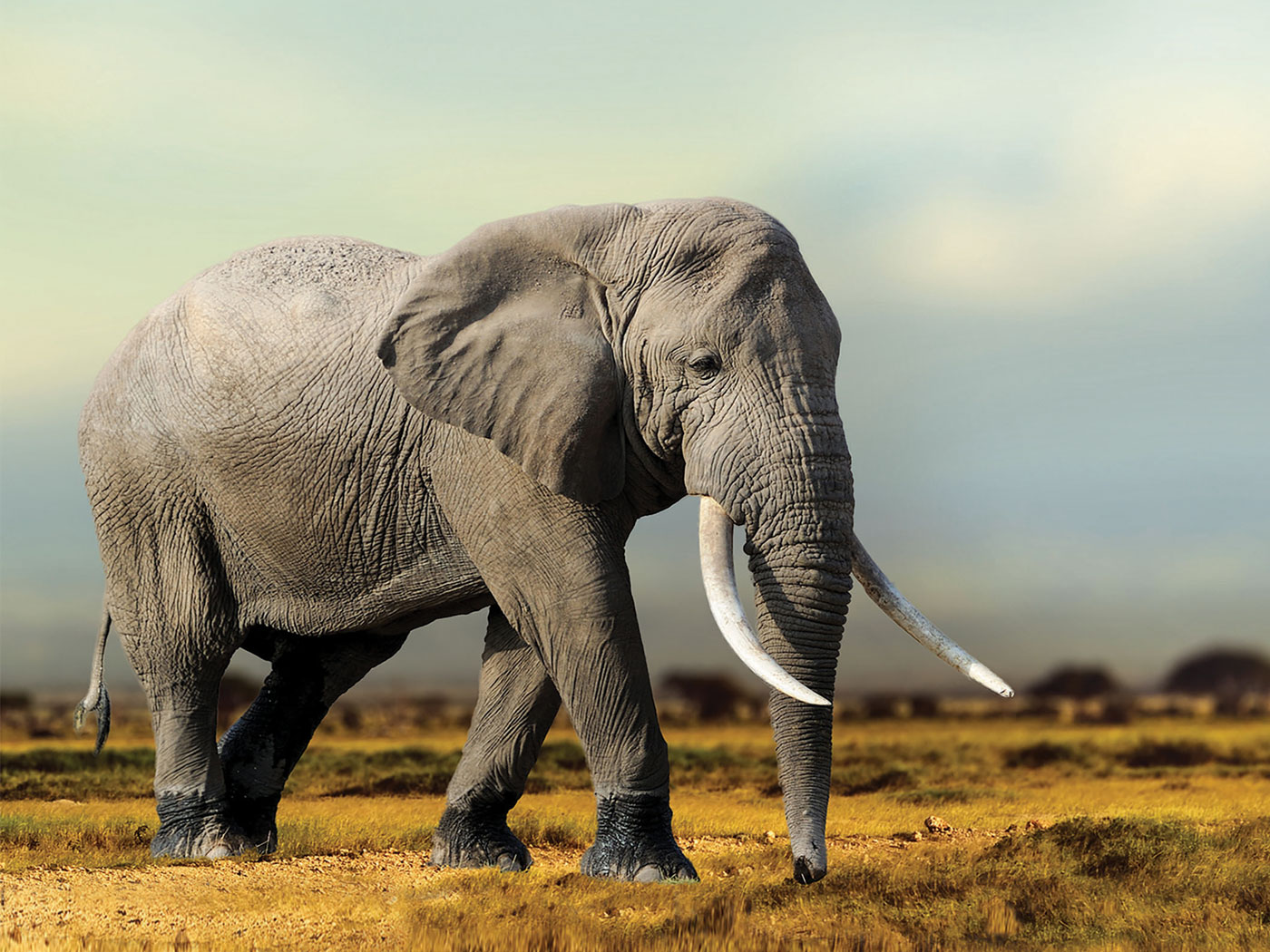For decades students have been shown a representation of the fossil record appearing as a vertical column with marine invertebrates on the bottom, overlain by fish, then amphibians, reptiles, and mammals, with man on the top. The column is a column of time, they are told, with the long ago past on the bottom and the present on top. The fossil column (or similar figure) is presented without question as if it were true—as if it were real data. Students are led to believe that the order of first appearance of the fossils over time proves evolution.
I suggest that it does no such thing, for several reasons. First, the fossils do not occur in this order, simple to complex from bottom to top. The fossils at the bottom (i.e., long ago) are equally as complex as any animal today, and are essentially the same as their modern counterparts. In reality, the fossils appear abruptly in the record, fully formed and fully functional without less adapted ancestors in lower levels that would have preceded them in time. To be honest, the entire fossil record consists of predominately marine invertebrates (animals without a backbone, like clams, jellyfish, coral). The column is nothing more than a statement of evolutionary thinking. A case can perhaps be made for the order of first appearance of vertebrates (i.e., fish, amphibians, reptiles, mammals), but vertebrate fossils are exceptions to the rule and usually quite fragmentary, with the lower range of each often being extended downward with new discoveries. Most come from Ice Age deposits which sometimes contain human remains also.
Second, the evolutionary presentation in the textbook column implies that all life has come from one (or perhaps a few) common ancestor(s). But the Cambrian System, the lowest (i.e., oldest) level containing extensive multicellular fossils, exhibits a virtual explosion of life. Suddenly (by this I mean without the necessary ancestors lower in the column), every phylum of life is found—every basic body style, including vertebrate fish. The abrupt appearance of diverse forms of life does not match with evolutionary predictions of one form descending into many.
Third, these diverse forms continue up the column (i.e., throughout time) with much the same appearance possessed at the start. The term stasis describes the tendency to "stay" the same, remain "stationary" or "static." Some body styles go extinct as you come up the column, but no new basic styles are introduced.
Summarizing:
1) Abrupt appearance
2) Diversity at the start, and
3) Stasis.
Certainly the fossil record does not prove evolution. On the other hand, its character fully supports creation of multiple "kinds" at the start with no evolutionary lineage, and continuance of those rather static kinds with limited adaptations into the present, or else going extinct. This is the creation idea.
The fossils further support the Flood. While no evolutionary trends can be seen bridging the basic kinds and producing new ones, we do see a transition from totally marine at the bottom to more terrestrial toward the top. At every level the dominant fossil is marine, but more and more land-dwelling fossils creep in. What more persuasive testimony to the Biblical model could there be?




